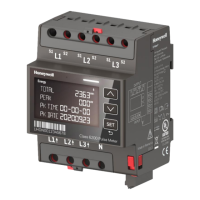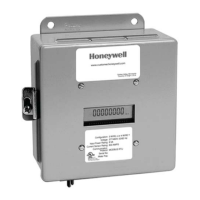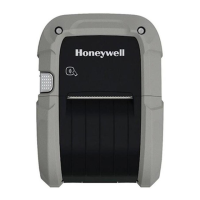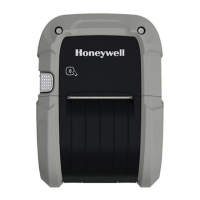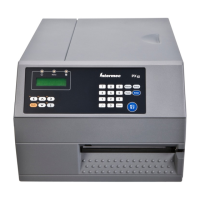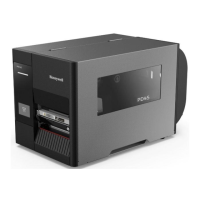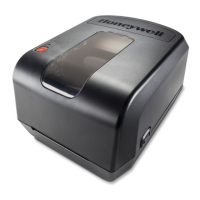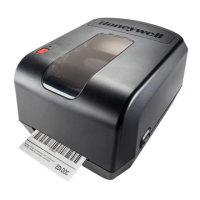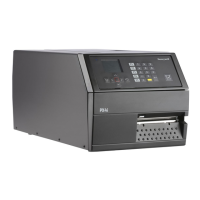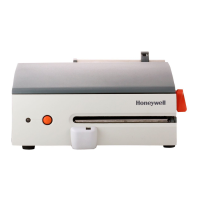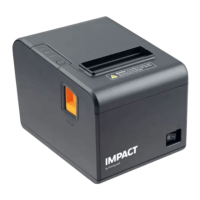Field Valid Inputs Meaning
bbb Wnx RFID Hexadecimal Operation, where no “n” is an implied 1.
c 0 Not Used, should be 0.
d 0 Not Used, should be 0.
eee xyy
HF: Lock after write, where:
x = 0 – Use printer setup to determine if lock is performed.
x = 1 – Lock after write.
yy = Not Used
UHF EPC Gen2: Lock after write, where:
x = 0 – Use printer setup to determine if lock is performed.
x = 1 – Lock after write.
yy = Lock state where “01”is for permalock, “10” for pwd- write lock
or “11” for both states
UHF other tag types: Not Used, should be 000.
ffff 0000 – 9998
HF: Starting block number to write.
UHF EPC Gen2: Block address where “0001” is EPC data, “0002” is
Tag ID or “0003” is user memory. Using “0000” is for EPC data also
(for backwards compatibility).
UHF other tag types: Not Used, should be 0000.
gggg 0000
HF: Not Used, should be 0000.
UHF EPC Gen2: Data word offset – currently only used for read
operation
UHF other tag types: Not Used, should be 0000.
hhhh
Four-digit decimal data
byte count.
Number of bytes to follow (to include all bytes that follow until the
end of the data).
UHF data length must be 8 or 12 for EPC, 8 for Tag ID or multiples
of 2 for user memory sections.
jj…j
Valid ASCII character
string followed by a
termination character.
Data to write to the tag.
UHF data length must be 8 or 12 for EPC, 8 for Tag ID or multiples
of 2 for user memory sections.
Example 1
The following example encodes a HF tag, starting at block 001, with “Datamax <CR>
writes RFID best.” It includes a Byte Count Specifier (the portion in bold), where 0024
284
DPLCommand Reference
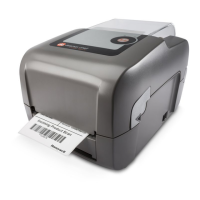
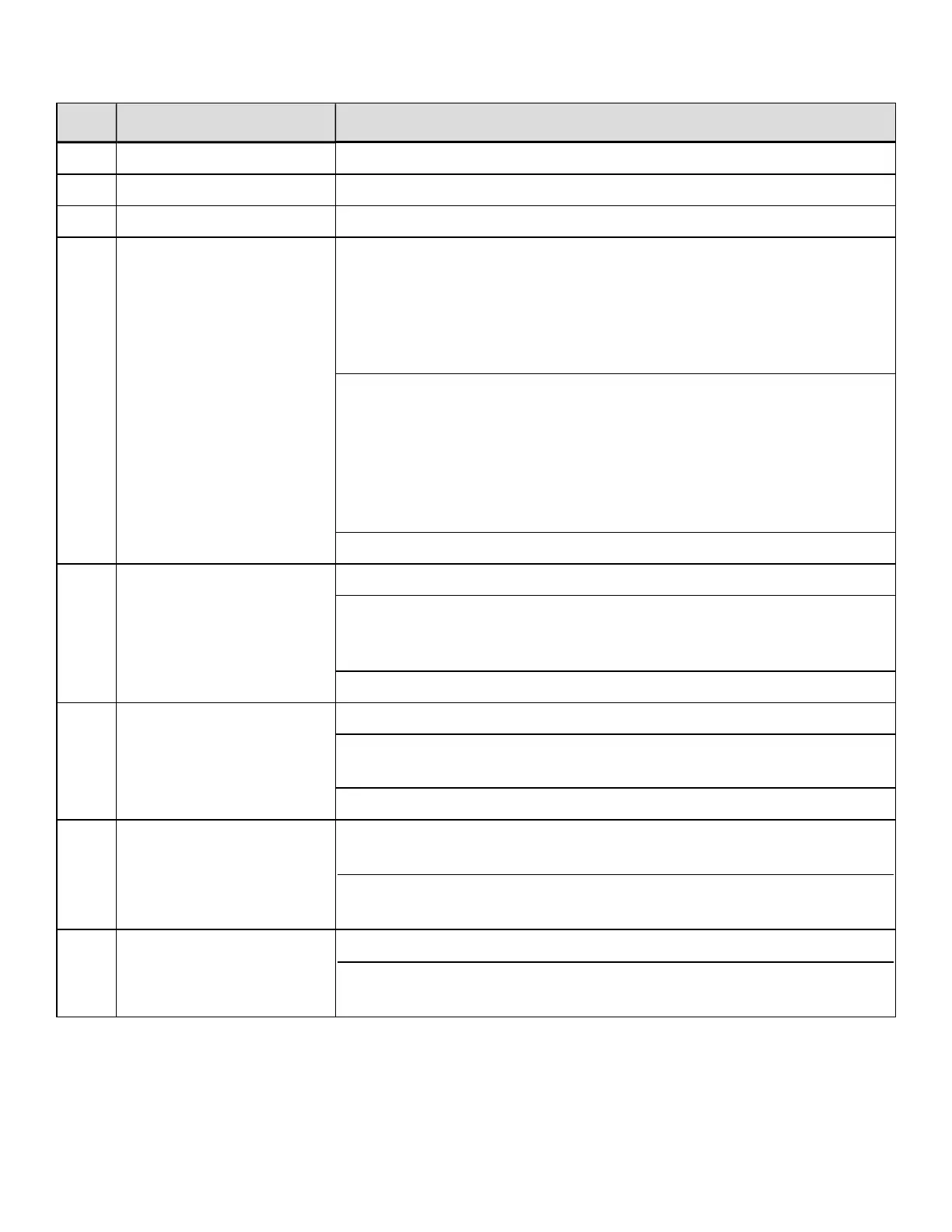